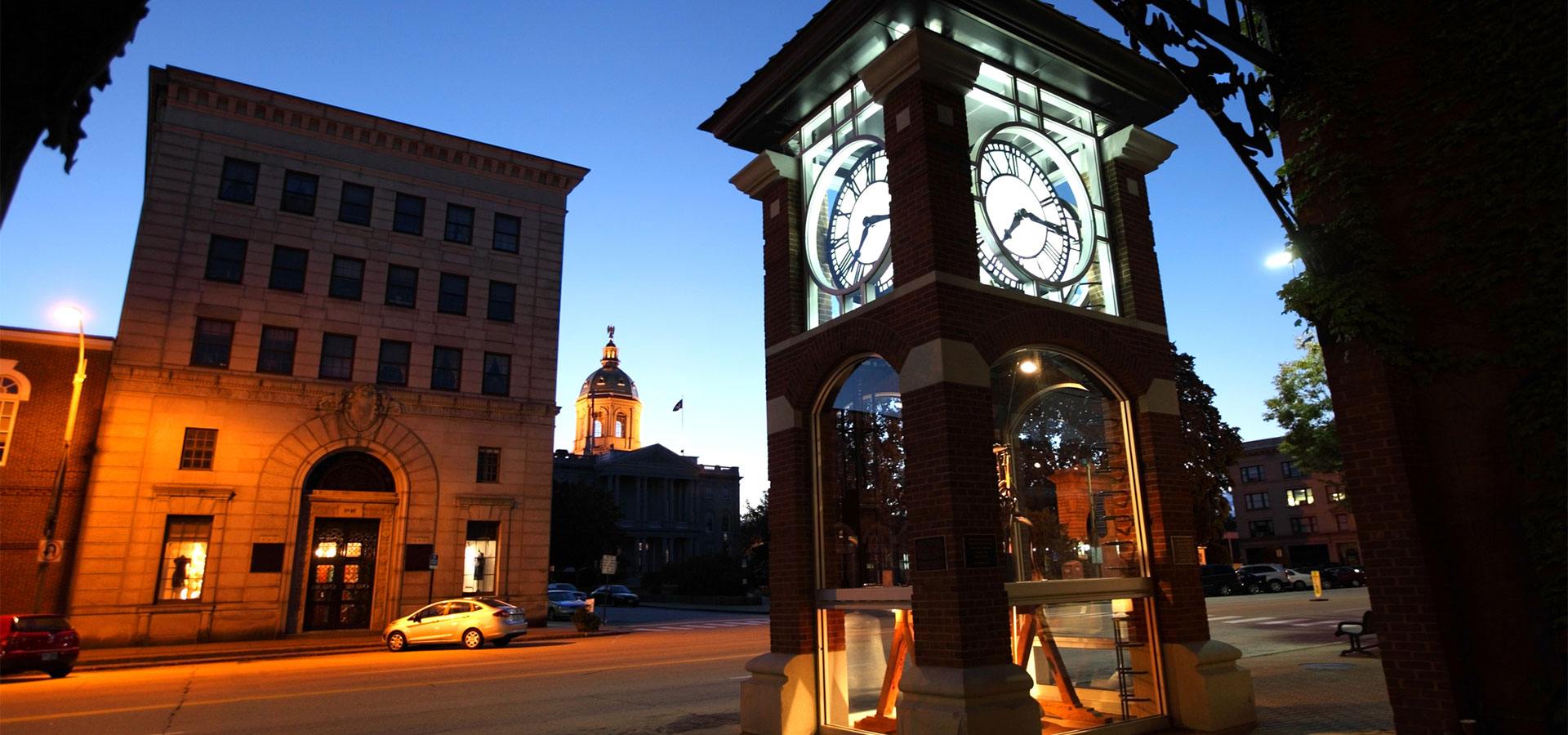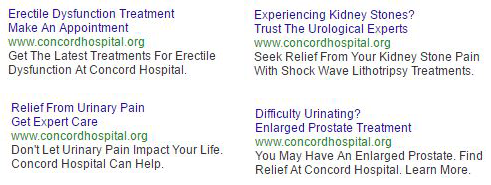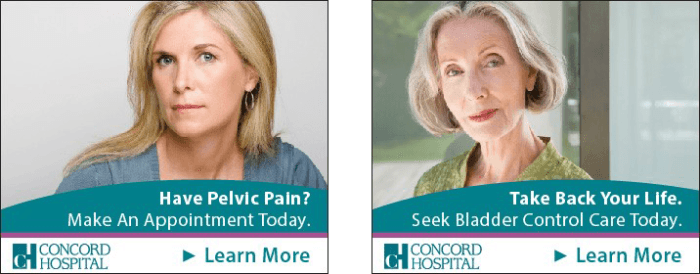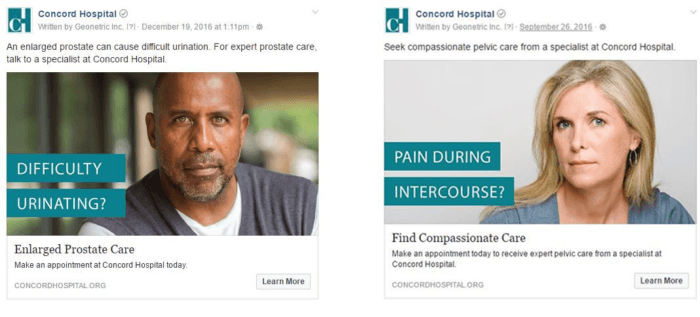Concord Hospital is a regional, acute care health center serving 150,000 people in the 30 towns comprising New Hampshire’s Capital Region. The hospital is home to a comprehensive cardiovascular program that draws patients not only from throughout the state, but also from New York, Vermont, Maine, Alaska, and Florida. It’s a critical, lifesaving program in New Hampshire, where heart disease is the second-leading cause of death.
In 2021, the organization consolidated all its heart and vascular services into a single new entity — Concord Hospital Cardiovascular Institute. The change was a fundamental reorganization more often seen in much larger medical centers, with a leadership structure designed to improve care and increase patients’ access to that care. With most services available under one roof, the institute offers an integrated approach to treatment.
Targeted Reach for New Patient Acquisition
For help generating awareness for the Cardiovascular Institute and attracting new patients, Concord Hospital worked with its web and digital marketing partner, Geonetric, on a digital advertising campaign. The campaign aimed to reach prospective patients ages 55 and older living in the Capital and Lakes Regions of New Hampshire. Geonetric’s paid media team recommended a channel mix between display and paid social while strategically advising not to invest in paid search due to the hospital’s strong organic presence, which has little to no competitive pressure. The advertising creative and copy leaned into core brand RTBs (reasons to believe) that focused on different aspects of the Cardiovascular Institute: provider expertise, the institute’s capabilities, the ease of receiving service, patient support, or the potential to improve quality of life.
Geonetric tracked two primary conversion points: clicks to call and “Request Appointment” form submissions from a landing page the hospital wrote highlighting a cardiac patient’s success story. To track appointments that patients scheduled and attended, Concord Hospital’s web manager worked closely with clinical stakeholders. Each time a user completed the online form to request an appointment, the marketing team emailed the information to a cardiology care coordinator. The coordinator contacted each patient to schedule a visit, and then reported back to the web manager how many leads resulted in new-patient appointments. By working together, Geonetric and the hospital were able to track conversions throughout the full funnel, from selecting and scheduling to keeping an appointment.
A/B Testing, Close Monitoring & Continuous Optimization
Geonetric ran new paid social copy early in each month, using the performance data from the previous month’s ads to direct the new creative. The agency also compared the performance of messages that focused on certain strengths of the institute. One version of the copy was the clear winner after the first week. At that point, most digital marketers would have stopped running other variations of the ad. But Geonetric’s paid media team continued to run multiple ad variations to give Facebook’s machine-learning algorithms time to respond to changes in performance due to ad fatigue. Over time, the early front-runner’s performance declined, and other ad versions rose to the top. Geonetric’s approach thus helped Concord Hospital make the most of its advertising investment.
For Google display ads, Geonetric ran new creative monthly, keeping the messaging and formatting consistent with the landing page. The agency used HTML5 to create high-quality, professional, animated creative in several sizes. Geonetric had an ongoing hypothesis they’d see the best performance from looping ads, which would let users see the animation on an ad that appeared “below the fold” even if they didn’t scroll down to the ad during the first six-second animation cycle. Testing proved that hypothesis correct, so Geonetric switched all non-looping display ads to looping ads to maximize performance.
The agency’s familiarity with Google display ads also helped Concord Hospital maximize target audience reach while avoiding violations of Google’s policy on health in personalized advertising.
For both display ads and paid social, Concord Hospital provided photos of their cardiologists, patients, and heart technology. A Facebook ad featuring a Concord Hospital Medical Group physician drew many positive comments from the doctor’s patients — powerful, free promotion and organic reach for the organization. Geonetric kept the imagery consistent between the Google display ads and social ads, but changed the photos regularly to keep the content fresh. Each new image typically increased ad performance. But when the fifth swap didn’t lead to the usual boost, the agency applied a more dramatic background to the photo of a cardiologist. This simple change significantly improved results.
Dramatic, Measurable Results
Concord Hospital initially contracted with Geonetric for a three-month campaign. But after seeing positive results, the hospital extended it to four months to take advantage of built-up momentum across the two channels. The hospital spent $22,323 on the campaign, which led to:
- 32 conversions
- 9 trackable new-patient appointments
- $100,374 net revenue
- 450% return on investment (ROI)






